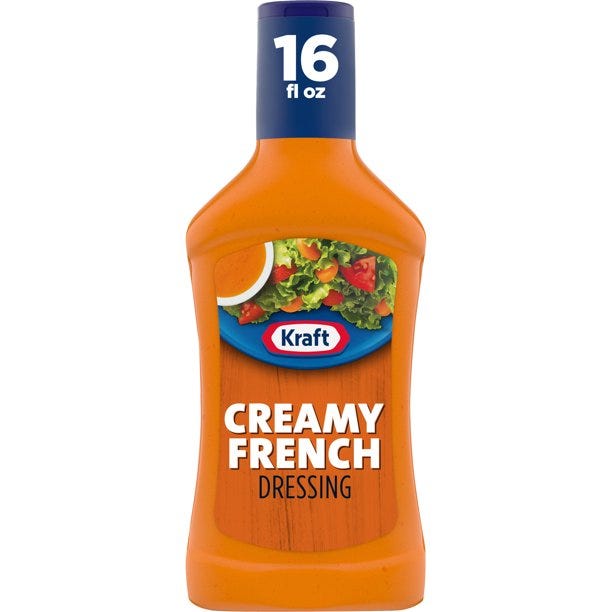
After 70 years of tight regulations, the reins are finally off. The Food and Drug Administration has decided there is no longer a need to hold French dressing to a different standard than other salad dressings.
This is not a drill, people.
“When the standard of identity was established in 1950, French dressing was one of three types of dressings we identified,” read the official ruling posted by the FDA on Thursday. The other two “identified dressings” were mayonnaise and the more generic “salad dressing.”
The strict requirements pertaining to oil, seasoning and acidifying ingredients are unique to French dressing among all pourable dressings.
Furthermore, the characteristics that salad enthusiasts have come to identify with French dressing, including the reddish-orange color and the use of tomatoes, are not included in the FDA’s requirements for a dressing to identify as “French.”
“There are a wide variety of French-style dressings on the market, and these will continue to be available based on consumer demand,” wrote the industry’s foremost authority on flavor augmentation, the Association for Dressing and Sauces.
That group petitioned for a French dressing revolution way back in 1998, but the FDA didn’t propose the French liberation until December 2020, finally addressing that the different set of standards were unfair.
The change goes into effect on February 14 and will not require manufacturers to change anything about existing French dressing recipes.

